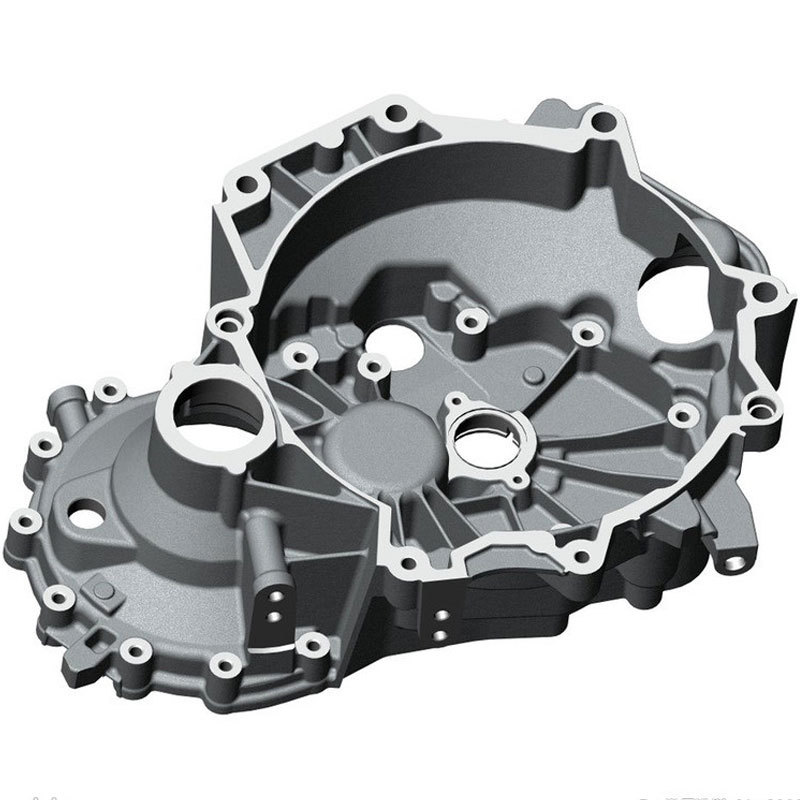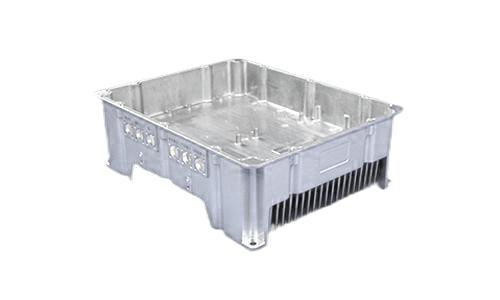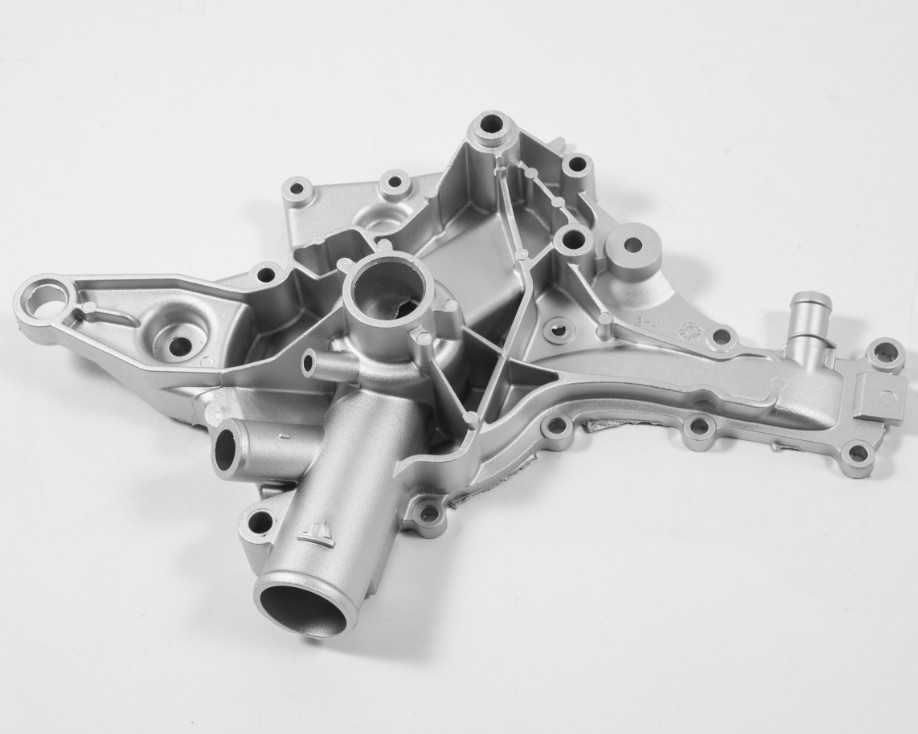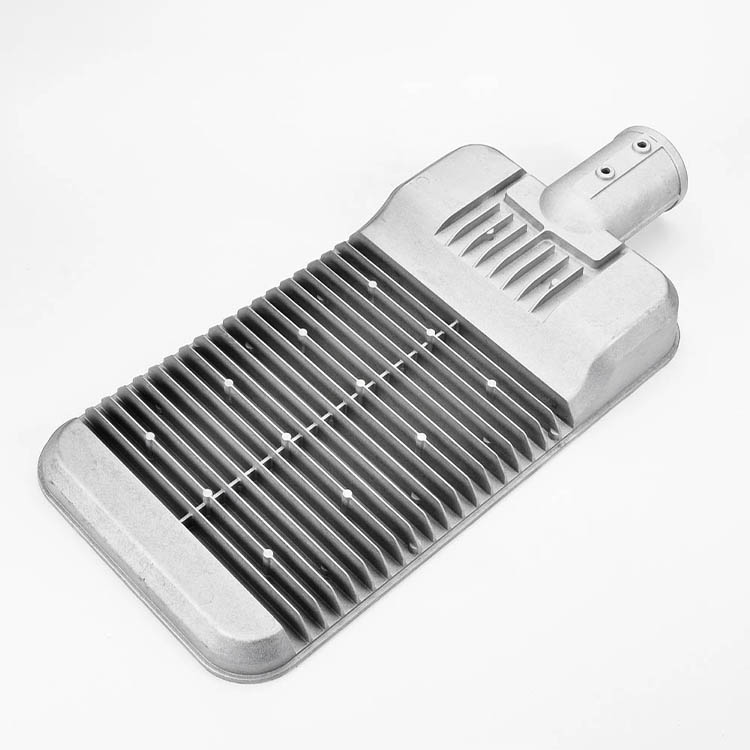Points to Note for Die Cast Use
1. Use Characteristics of the Die-Casting Mold
The die-casting process subjects molds to mechanical abrasion, chemical erosion, and thermal fatigue. Key considerations include:
-
High-Pressure Impact: Metal liquid enters the mold cavity at high pressure, causing friction and impact that lead to erosion and wear on the mold surface.
-
Chemical Effects of Slag: Inevitable slag inclusion during metal pouring can chemically affect forming parts, accelerating the formation and development of mold cracks.
-
Thermal Stress: Cracks on the mold surface result from thermal stress during each casting cycle. The rapid heat exchange, temperature differences, and alternating stress contribute to surface cracks. To maintain surface durability, materials like 4Cr5MoSiV1 (H13) are recommended for forming parts due to their heat fatigue resistance, wear resistance, and non-stick mold properties.
2. Temperature of the Alloy Melt
Optimal metal casting temperatures vary for different alloys:
- Zinc Alloys: 420-500°C
- Aluminum Alloys: 620-690°C
- Magnesium Alloys: 700-740°C
- Copper-Zinc Alloy: 850-960°C
Temperature selection principles include the impact on die life, reduction of exhaust tank depth, minimized danger of splashing, decreased tightening opportunities, and reduced shrinkage holes and cracks in castings.
3. Working Temperature of the Mold
The working temperature of die casting molds depends on the alloy:
- Zinc Alloy Mold: 150-180°C
- Aluminum Alloy Mold: 180-225°C
- Magnesium Alloy Mold: 200-250°C
- Copper-Zinc Alloy Mold: 300°C
Principles for mold temperature include avoiding loose internal casting structures (low temperature), preventing "welding" of castings to the mold (high temperature), and maintaining casting size accuracy through appropriate temperature control.
4. Lubrication of the Die-Casting Mold
-
Purpose of Lubrication: Acts as a separation agent, reduces friction, and enhances die-casting lifespan.
-
Lubricant Requirements: Must prevent adhesion in the type cavity, resist corrosion on the mold type surface, avoid toxic gas production, and leave no ash after heating.
-
Lubricant Preparation: Various lubricant compositions are available, such as a full loss system oil with graphite, heavy oil, paraffin with yellow wax and Vaseline oil, and graphite with glycerin and water glass.
-
Usage Notes: Lubricants should be applied uniformly on the type cavity and movable parts, with the spray amount kept minimal for an even film formation.
5. Adjustment Content of the Die-Casting Mold
After completing the mold, adjusting die casting conditions and process parameters is crucial for stable die casting. Key considerations include material melting temperature, die temperature, injection pressure, die locking force, die opening force, compression shot ratio, and burst speed. Die test personnel should be familiar with these factors to achieve correct die casting conditions for producing qualified castings. Repairs may be needed to obtain perfect die casting parts.
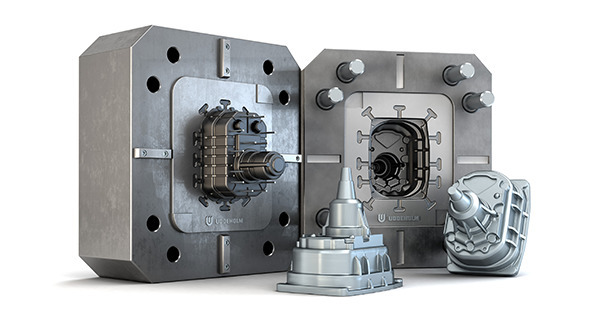
NINGBO FUERD MECHANICAL CO., LTD
Website: https://www.fuerd.com
